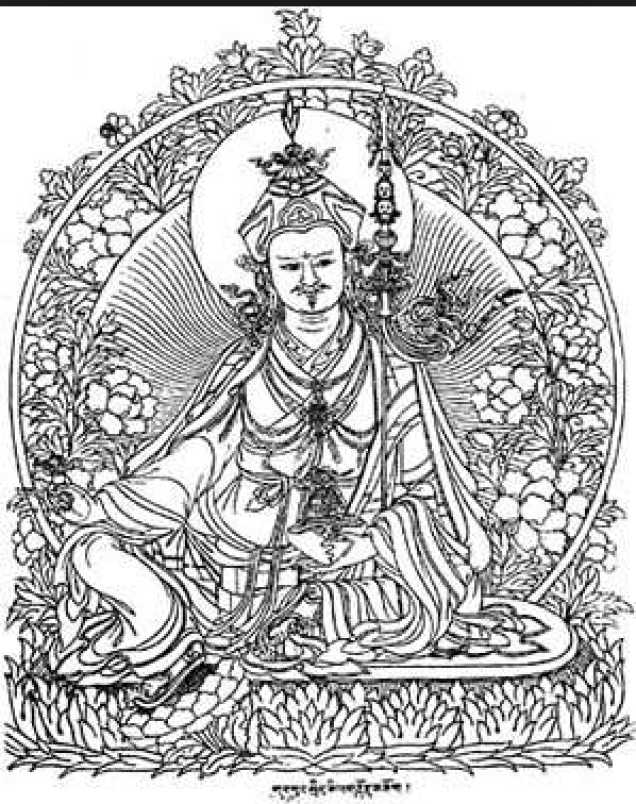We Do Not Think As Much As We Think We Do!
Perception isn’t thinking.
The more one realises, the more one realises. One takes a step, and the next step presents itself.
Most of the time, we humans are on auto-pilot, where we are not thinking – not using the process of considering or reasoning about something. We can do things without thinking, like tying up our shoe laces. Once learnt, the fingers just do it. It’s fascinating!
However, there are two aspects to auto-pilot. One is where we are in a sort of vacancy, a day dream, doing things by rote: mechanical or habitual repetition of something learnt. It is only when the unexpected happens that we wake up, surprised, and react – which is often still a re-enactment to type.
The other aspect is extremely important to understand. We are consciously aware of auto-pilot, and the clear state of perception remains open and non-conceptual, as memory and judgement have not yet kicked in to modify perception.
We might assume that, because we are perceiving, we are thinking. Not so. We are in natural, pure perception – pure awareness – pure consciousness. Just look around your room and see what is happening. No thought is necessary. No judgement is necessary. If we then close our eyes so as not to take in so much external information, pure perception becomes more apparent.
In thinking, we usually experience an inner dialogue – a running commentary of memory and judgement: we plug into a pointless chatter of likes and dislikes about everything. We’re not actually reasoning, but merely jumping to conclusions, based on our habitual, running programming of shoulds and shouldn’ts. We assume that these evaluations are us. I’ve met many people who believe that their acquisition of knowledge is actually ‘them’: they take pride in their accumulation of information which they feel puts them in a superior position.
Once an action is learnt, we no longer need to ‘think’ about it, do we? Walking, eating, driving, and even talking could be undertaken without thought. This could result in being mindless – and even pointless – until something unexpected happens. Equally (and a little controversially), ‘mindfulness’ could also be said to be pointless, as we are now trying too hard.
Interestingly, ‘mindfulness’ is regarded as an asset, as in mindful meditation, but this can also become a hinderance, as we interfere with a natural process. Being too mindful can make us too cautious. It is interfering with pure perception. Mindfulness meditation is meant to heighten perception in a more precise way by slowing down our reactions, but it can also interfere with the spontaneity of awareness. The purpose of mindfulness is just to remind us of nowness, whereas actual nowness is pure consciousness, where there is no ‘me’ being ‘mindful’. So mindfulness is a near miss! We are always one step behind.
For years I was worried and confused that I was thinking all the time, and couldn’t stop. But then I realised that it was only perception – rather than thinking – that was running all the time. If we are a little dull or excited, perception can turn into a running commentary of the likes and dislikes of value judgements. Confusion about what I was supposed to be seeing was overshadowing the pure perception of what was being seen. I was worried that I was missing something … which turned out to be perception itself – merely pure consciousness.
There are two ‘views’ running concurrently: one is pure consciousness (the view), and the other is modified consciousness (our view). Our view – or our programming – is generally on auto-pilot, so that we see through a glass darkly rather than clearly. It’s as if we have jaundice and see everything as yellow-tinted. There is a saying that person has “a jaundiced view”, meaning that they have a bias, a view that is prejudiced or judgment that is distorted by envy or resentment etc. The view is seeing through the glass clearly: this view runs constantly in the background and is what we actually are, as opposed to the self that is imposed on to pure perception.
The truth is that we hardly think: we live in a vague world of cliches and terminologies. We need to think clearly, we need to reason, and we need to join up our own dots. We do this by being aware. Perceive and see whether thought is present or not. Perception can recognise things, but needn’t necessarily name or value them.
If this is the case, then we are meditating more than we think! Good, eh?!

